The rapid manufacturing industry is in a massive transition state and with low volume injection molding, plastic part manufacturers can easily cater to the market needs as the process allows you to create a small quantity of plastic parts with consistent characteristics and qualities.
Manufacturers need to understand this type of injection molding to gain an advantage in the evolving markets. As a result, this extensive guide takes you through everything you need to know about low volume injection molding.
On-Demand Manufacturing in Injection Molding
On-demand low volume manufacturing is a relatively new concept in the manufacturing world. It brings about several dramatic changes to how engineers interact with suppliers and manufacturers. This is even more so when it comes to custom plastic fabrication.
The rise of various advanced technologies continues to evolve the manufacturing space. In so doing, there is an increased potential to eliminate quoting delays and improve prototype manufacturing techniques. The visibility of orders within the supply chain becomes a lot more straightforward. Also, customers can manage their orders from anywhere via a convenient platform.
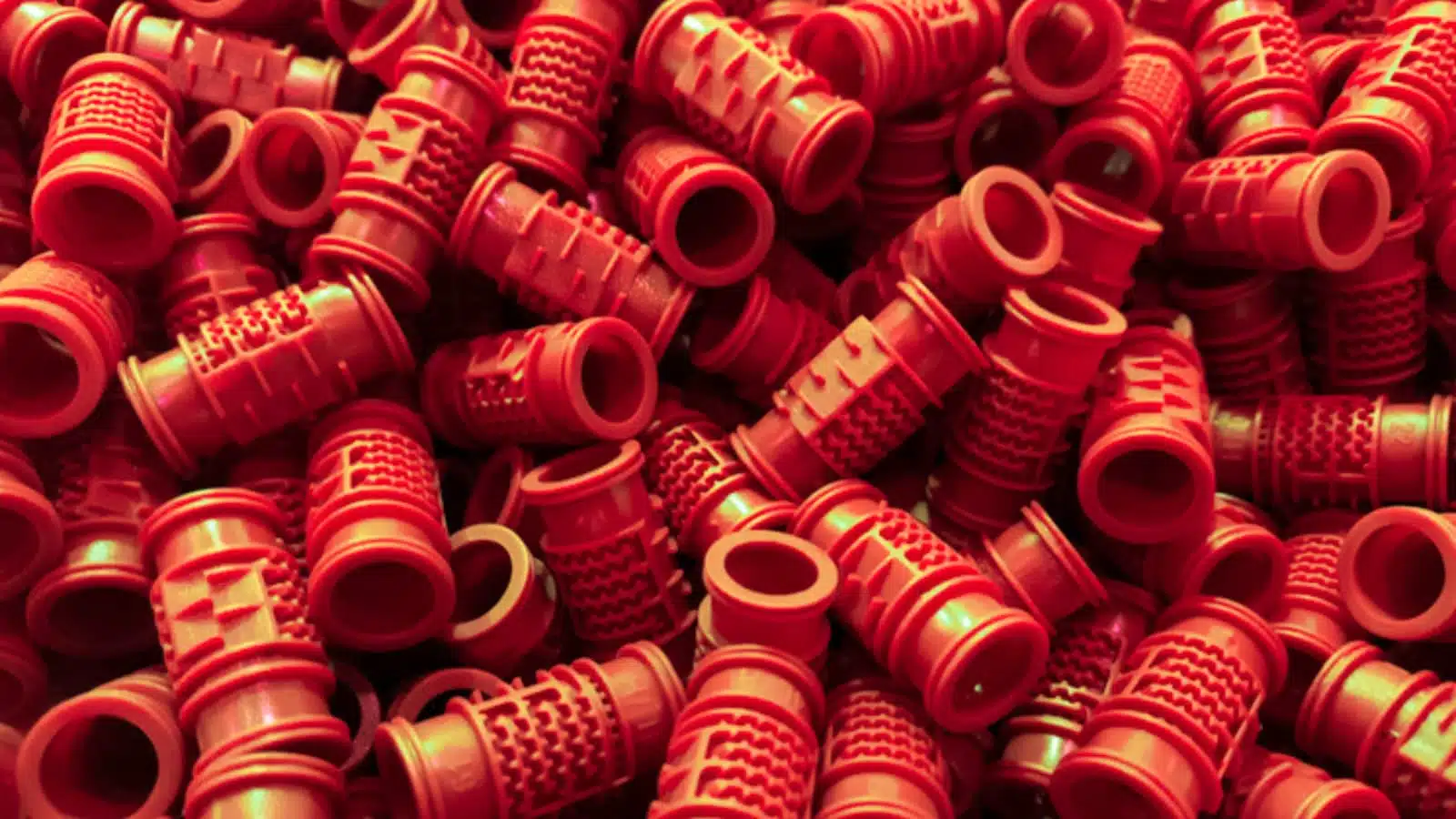
RapidDirect, for example, now combines the latest Big Data analytics, software, and hardware to enable Industry 4.0 integration. This way, there is a guarantee for innovative approaches and best practices. It, in turn, results in smarter production and ensures the cost-efficiency of low-volume plastic parts production.
Traditional manufacturing involved the mass production of large-scale similar products. However, on-demand manufacturing enables low-volume, customized products such as small-scale plastic injection molding. It takes advantage of cloud-based technologies and self-service models. This allows customers to get quotes in real-time and keep tabs on their orders throughout manufacture.
With on-demand manufacturing, customers can order precise small series injection molding parts. The quantity on order will satisfy immediate production requirements. This will address several pain points regarding lead time, communication, design for manufacturability (DFM), and cost. With digital technology becoming central to the industry, on-demand manufacturing is leading a decent revolution.
Key Benefits of Low-Volume Injection Molding
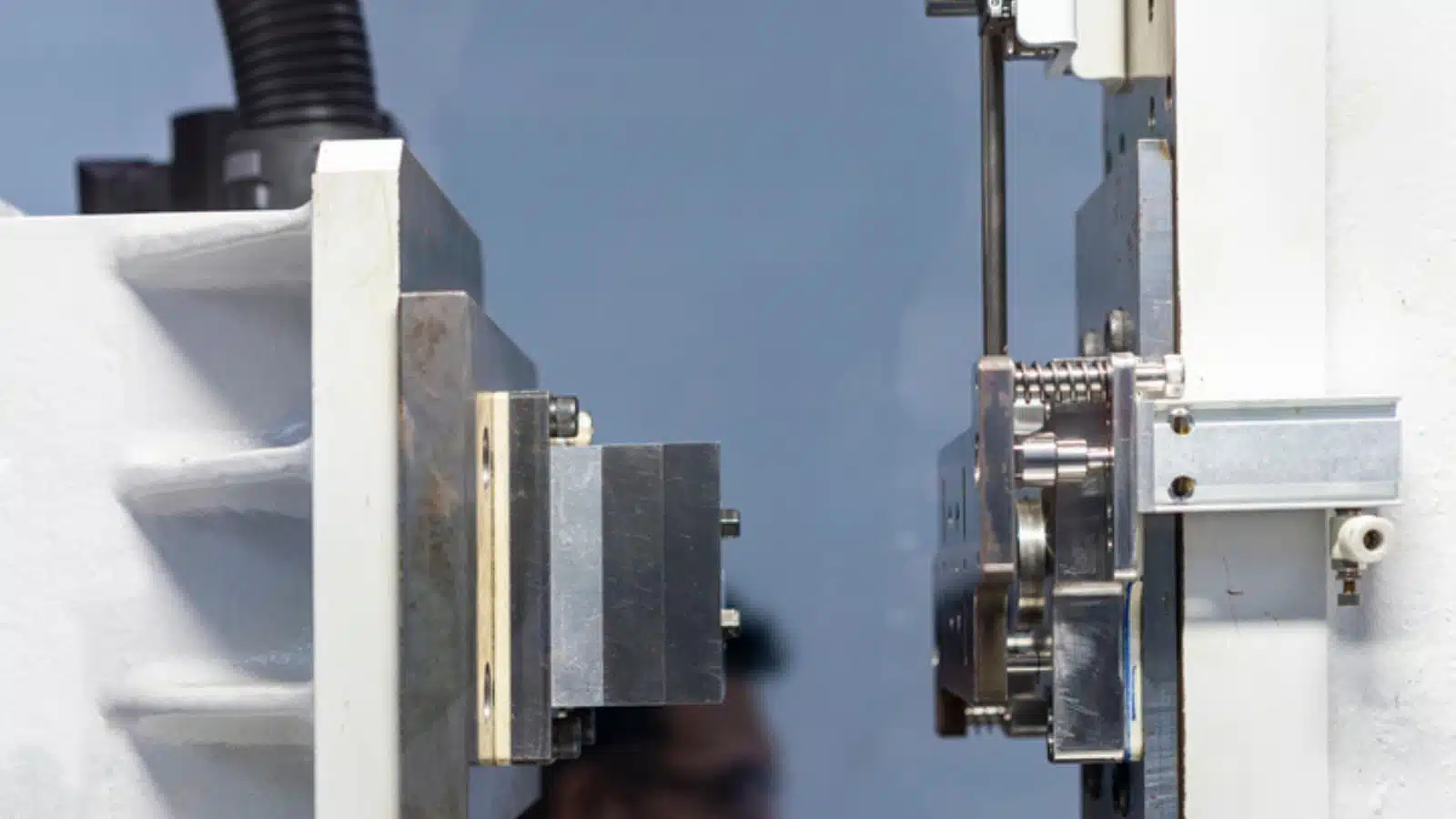
Low volume plastic injection molding offers several advantages that make it the manufacturing choice for several plastic parts over the traditional injection molding process. Here are some of its advantages.
Uses Softer Aluminum Tooling
Small batches do not require the hardened steel mold tooling typical of the traditional molding method. Rather, it uses the softer aluminum material for making the molds. Aluminum is a considerably softer material than steel. Thus, aluminum molds are easier and faster to work with.
Furthermore, aluminum tooling allows for easier heat treatment because there is no need for the extra annealing step. This is unlike steel which needs annealing to reduce any internal stress and to toughen the metal sufficiently. Moreover, aluminum molds support most surface treatments that you would normally use for steel.
Quality Parts Manufacturing
Despite using a softer tooling material, low volume plastic injection molding produces highly durable and functional parts
Aluminum has a better heat transfer rate than steel which reduces the complexity in positioning the cooling lines. Furthermore, it makes more room for more mold components. As a result, the low volume plastic manufacturing process ensures better design flexibility, closing the gap between prototyping and high-volume production.
Save Costs
Low volume plastic molding allows manufacturers to make parts without demanding minimum orders. Therefore, if you are looking to get small batch plastic manufacturing, this can be helpful. You will also avoid getting products from an outdated inventory. All of these translate to effective cost-saving.
Shorter Lead Times
The whole low volume injection molding process translates to a shorter lead time. In mold design, the use of aluminum known for its soft nature makes the mold manufacturing process easier and quicker.
Since the injection mold gets to the manufacturing facility a lot quicker, and it involves low production volume, production is fast. In many cases, this significantly accelerates time to market, making this technique beneficial for both small and large product teams.
Flexibility in Design
Low volume production involves manufacturing smaller quantities in the small run. Therefore, there will not be any major impact if a company decides to modify or alter the design. That way, the product can be perfect before it gets to the consumer.
A quality plastic injection molding process provides immediate feedback to help improve manufacturability. It enables the testing of new concepts in various industries before the mass production of parts.
Bridge for Scale
If a company plans to have a mass-produced product, low volume injection plastic molding is the way to start. It helps to bridge the production gap between prototyping and production. This method brings a feasible prototype to production in a quick turn without requiring too much commitment. It also helps to fine-tune the product and the process.
| Low Volume Injection Molding | Mid-Volume Injection Molding | High Volume Injection Molding | |
| Cycles | Less than 500 cycles | Less than 500K cycles | Over 1M cycles |
| Mold Type | 3D printed mold | CNC Machined Aluminum | CNC Machined Steel |
| Costs | <$100 | $2,000 – $5,000 | $10,000 – $100,000 |
| Lead Time | 3-7 days | 10-15 days | 10-18 days |
Note: Values are for reference only, ask RapidDirect for details.
Design Considerations for Low-Volume Plastic Parts
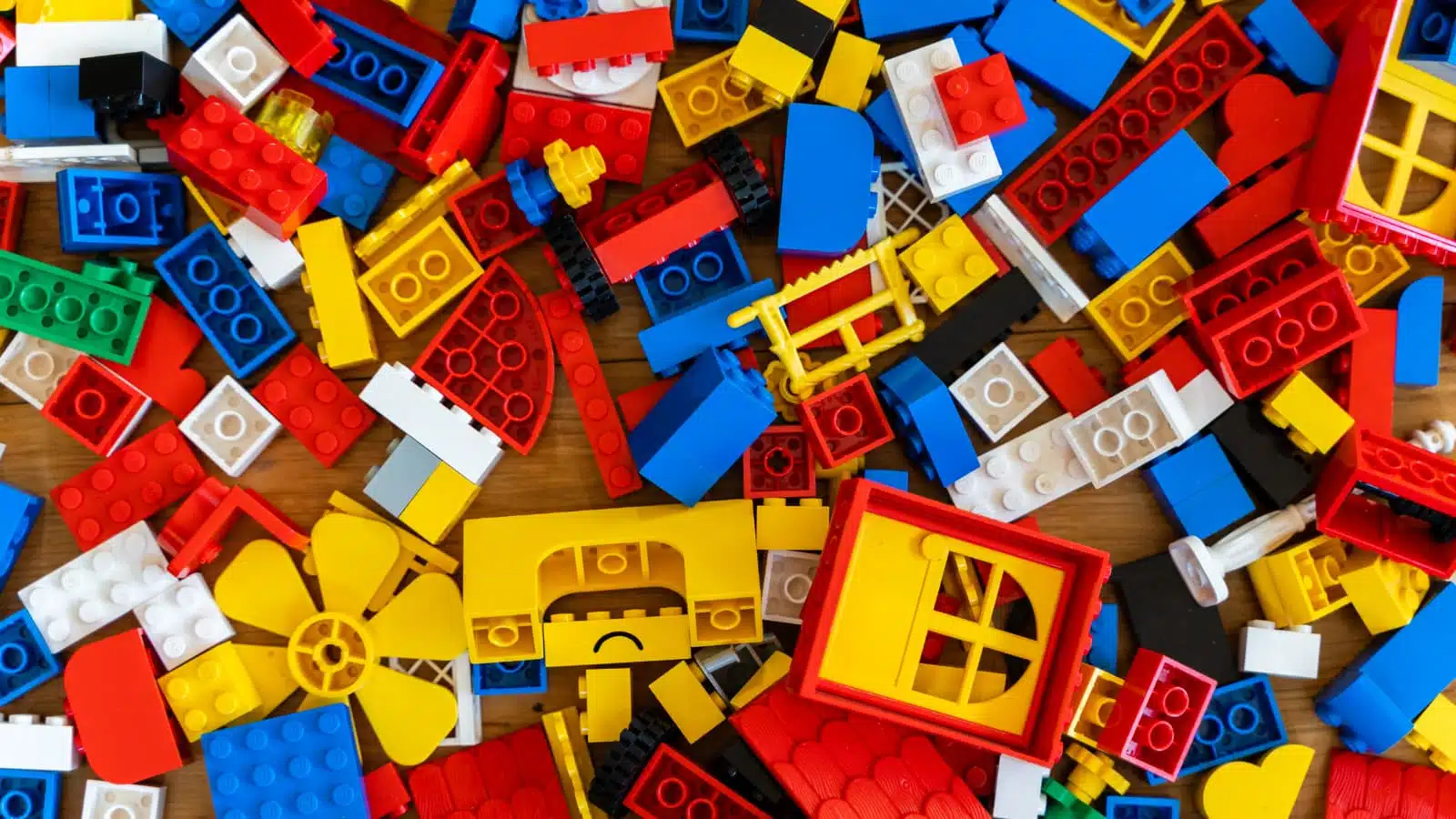
There are some key design considerations that you must keep in mind for effective manufacturing. They include:
Choose the Right Material for Your Injection Molded Part
An important step in low volume injection molding is the right selection of material among the several commercial-grade plastic materials available for manufacturing.
These thermoplastic resins come in different additive fillers, color options, and properties such as strength, thermal and chemical resistance, durability, etc.
Your choice of material depends on the intended application of the low volume plastic parts and their operating environment.
Finesse a Part’s Finish
One of the most common mistakes you can make with plastic injection molding is choosing a better surface finish than necessary. This may badly impact the product’s functions. For example, very smooth surface finishes require hand-polishing of mold cavity surfaces. The polishing may be done with diamond buff up to 2 Ra.
This practice significantly increases mold manufacturing costs and lead times. A more cost-effective finish is an as-milled surface that probably shows some tool marks. The two other options available involve the use of 600 gritstone or bead blasting textured finish. The chosen finish must be compatible with the part’s function.
Scale Wall Thickness in Both Directions
Wall thickness is crucial in rapid injection molding. Walls should not be thicker than the recommended range for plastic families. When not considered, such walls may sink, warp, or experience other molding defects. The general rule of thumb is to use a wall thickness between 0.04 to 0.14 inches consistently across the whole part.
Solve Corners that Weaken Product Integrity by Using Radii
Machining of aluminum molds occurs using end mills. Therefore, sharp internal corners may be a concern. Sharp corners on injection molded parts often create stress and compromise a part’s integrity. As such, it will be best to use vertexes or rounded edges (radii) for plastic part design. This will ensure a more substantial product and improved moldability.
Use Draft to Enable Easier Ejection of Part from Mold
Incorporating draft angles leads to the production of low volume plastic parts with tapered edges. As a result, there is less friction during demolding, which prevents mold/part damage, and easier part removal. A good rule of thumb in injection molding is adding a draft angle of 1 to 2 degrees.
Multi-Cavity Mold May Be a Good Option
If you wish to form multiple identical parts in a single shot, then a multi-cavity mold will be useful. It helps to produce two or more designs with tiny iterations at the same time. This enables the quick testing of different product designs simultaneously. Whenever there is a need for quantities beyond initial samples, they also serve as good options. At the same time, they can also help to reduce costs per unit.
The Process of Low Volume Plastic Molding
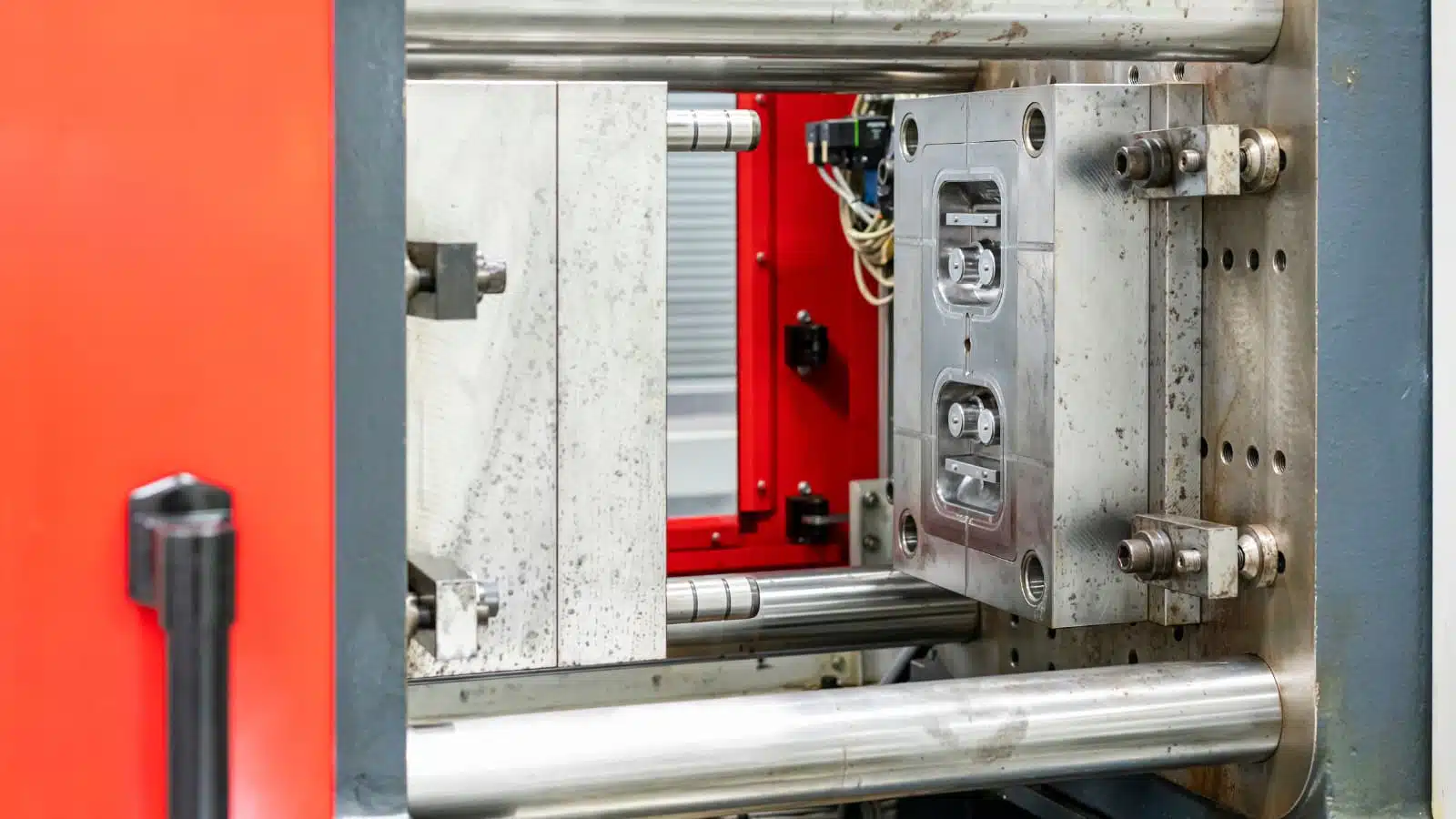
The low volume plastic molding process includes five basic steps explained below:
Tooling and Mold Design
The first step is the identification of the final plastic parts specifications and choosing the right materials. This will aid in the design of the mold. Metals are suitable for making injection molds with aluminum being the most popular.
Prototyping
This involves using 3D printing to create a prototype of injection molds also known as 3D printed molds. Engineers can make use of the mold normally after checking for flaws in design and functionality and correcting the errors. The mold is then improved using manufacturing processes such as 3D printing or CNC machining.
Setting Up the Injection Molding Machine
Components such as an ejector system are installed into the mold before being loaded on an injection molding machine. The engineer then configures the machine temperature, pressure, and injection speed and conducts a test run to check the production run quality.
Injection Molding Process
The injection molding process is divided into four sub-steps explained below:
Clamping
This involves using a clamping system that can generate a clamping force that holds the mold in place, closing the gap between the mold halves. The clamping force should be equal to the injection force to prevent disruptive movement and should be lower in 3D printed injection molds that are protected by a metal frame.
This depends on the type of machine but involves the transfer of the molten plastic to the injection barrel and subsequent injection to the mold.
Cooling
After you inject molten material into the plastic injection mold, the molten plastic cools and solidifies. The cooling/solidification time depends on the type of mold taking longer to cool due to a slower thermal transfer occurring in plastic than metal. In such a case, cooling is improved by using compressed air or interchangeable stacks.
Ejection
Ejection of low volume plastic parts can be manual or via the use of ejector pins. In the latter, the clamping plate moves backward and the mold halves open. Afterward, the ejector pins push out the final part.
Quality Control and Post-Processing
Quality control involves inspecting low-volume plastic parts for any defect and ensuring they meet quality standards. Afterward, trim the molded parts and use secondary surface finishing operations.
Key Applications of Low-Volume Injection Molding
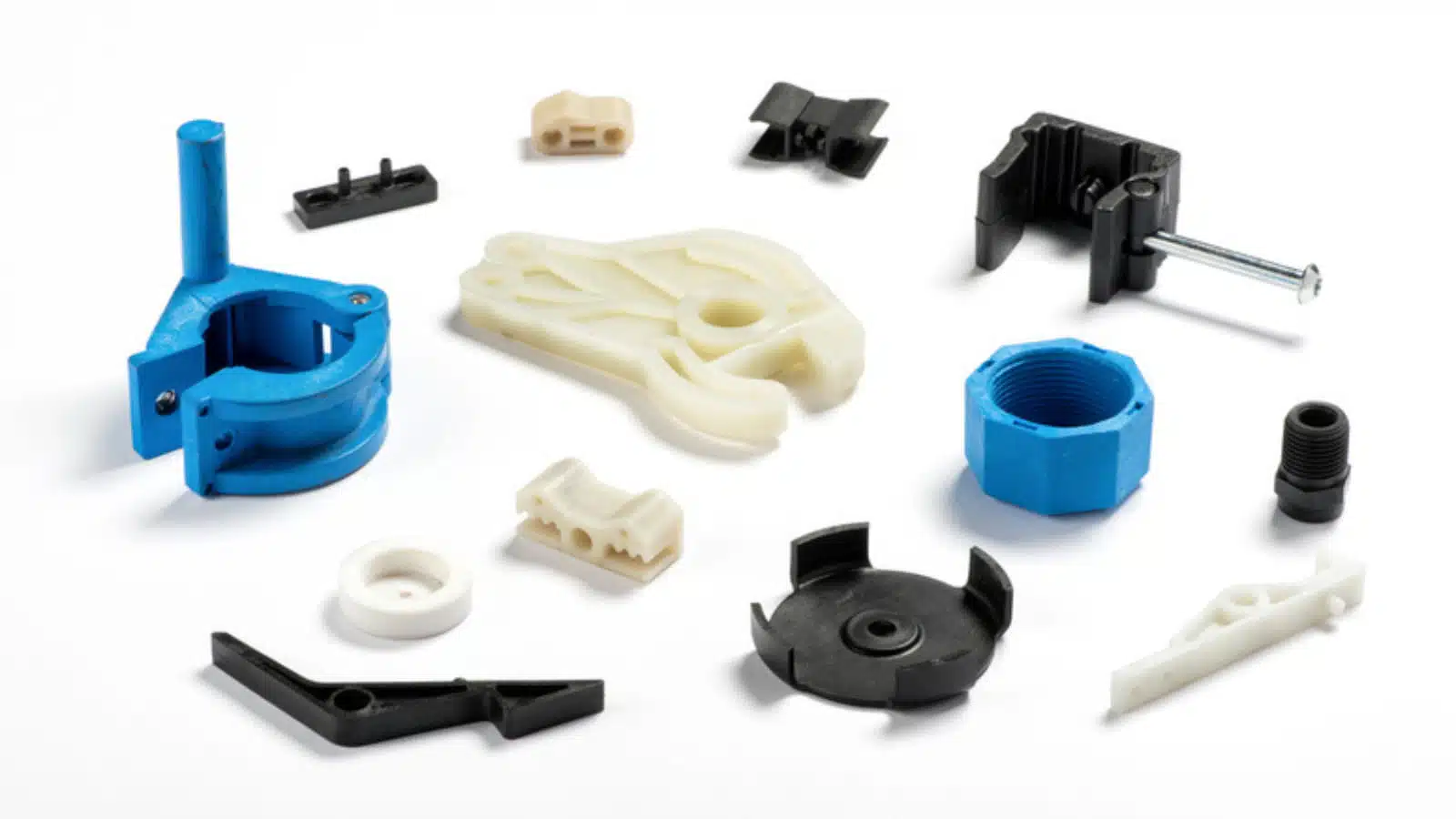
Low-volume injection molding is a cost-effective manufacturing solution for small and medium-scale businesses. Key applications of the manufacturing solution include:
Rapid Prototyping
It is the perfect method for prototyping plastic parts. It offers benefits such as quick and cost-effective production, easier testing, and validation of designs before mass production tooling, and easier refinement.
Small Batch Injection Molding
It is also applicable to make a small batch of a part providing an economical solution, especially for businesses without enough capital for large-scale production. It incurs lesser costs unlike traditional injection molding and supports small run production allowing businesses can respond quickly to changing market demands.
On Demand Injection Molding
From its name, on demand allows businesses to make parts based on demand. As a result, there is less need for large inventories leading to lower storage costs. Furthermore, it becomes easier to adapt to fluctuations in demand which makes low volume plastic injection molding suitable for businesses that operate in unpredictable industries.
Choosing the Right Partner for On Demand Injection Molding Services
Low volume injection molding is an efficient process for high-quality manufacturing. However, finding the best plastic injection molding services provider could be challenging. Here are a few factors to consider before choosing a plastic molding company:
· Volume Capacity and Specialization
The first step in narrowing down your choice is to use the company’s volume capacity and specialization. Companies capable of low to moderate production (pars under 10,000) are advised. This is because they can offer prototypes quickly enough for testing.
· Specification Compliance
It will be best to go for a company that can offer low-volume but high-quality injection molded products without compromising the specification. This means that the low volume injection molding company must fully comply with the design specification. Recommendations are allowed based on experience, knowledge, and expertise. You must approve every adjustment to the design.
· Flexible Services
You must opt for an injection molding partner that offers a wide range of prototyping services. These include mold flow analysis, responsive manufacturing, and part design. Offering other manufacturing services such as CNC machining and injection molding will be a quality addition. Such companies will understand your requirements better and tackle production problems early.
· Efficiency and Quality
A good on-demand injection molding company for producing a small batch of plastic parts must adhere to the best standards of efficiency and quality. The machines should work with the latest technologies with high-quality project management software for better communication.
RapidDirect Low-Volume Injection Molding Services
RapidDirect is your number-one low-volume injection molding partner. We effectively combine our experience, expertise, and powerful facilities to get your plastic parts from production to market within a short time. Our rapid quotation system uses the latest technologies to give you quotes within seconds.
We boast of a fast turnaround on our low-volume plastic injection molding services without compromising on quality. Choosing RapidDirect would mean that you get quality prototypes with short lead times and budget-friendly prices. Upload your design file, and let us offer you our best services.
Alternatives to Low-Volume Plastic Injection Molding
There are various other low volume plastic manufacturing methods aside from injection molding. Below are some of the alternatives you can choose for cost-effectiveness and faster time to market.
3D Printing
3D printing is a quality-focused manufacturing process considered an alternative to quick turn molding by many product designers and manufacturers. It does not require upfront investment into mold creation and has a short lead time.
Most engineers and designers prefer 3D printing for quick iterations during plastic product production. 3D-printed parts often come with layered surfaces. However, the surfaces can be easily sanded and painted for the desired surface finish.
CNC Machining
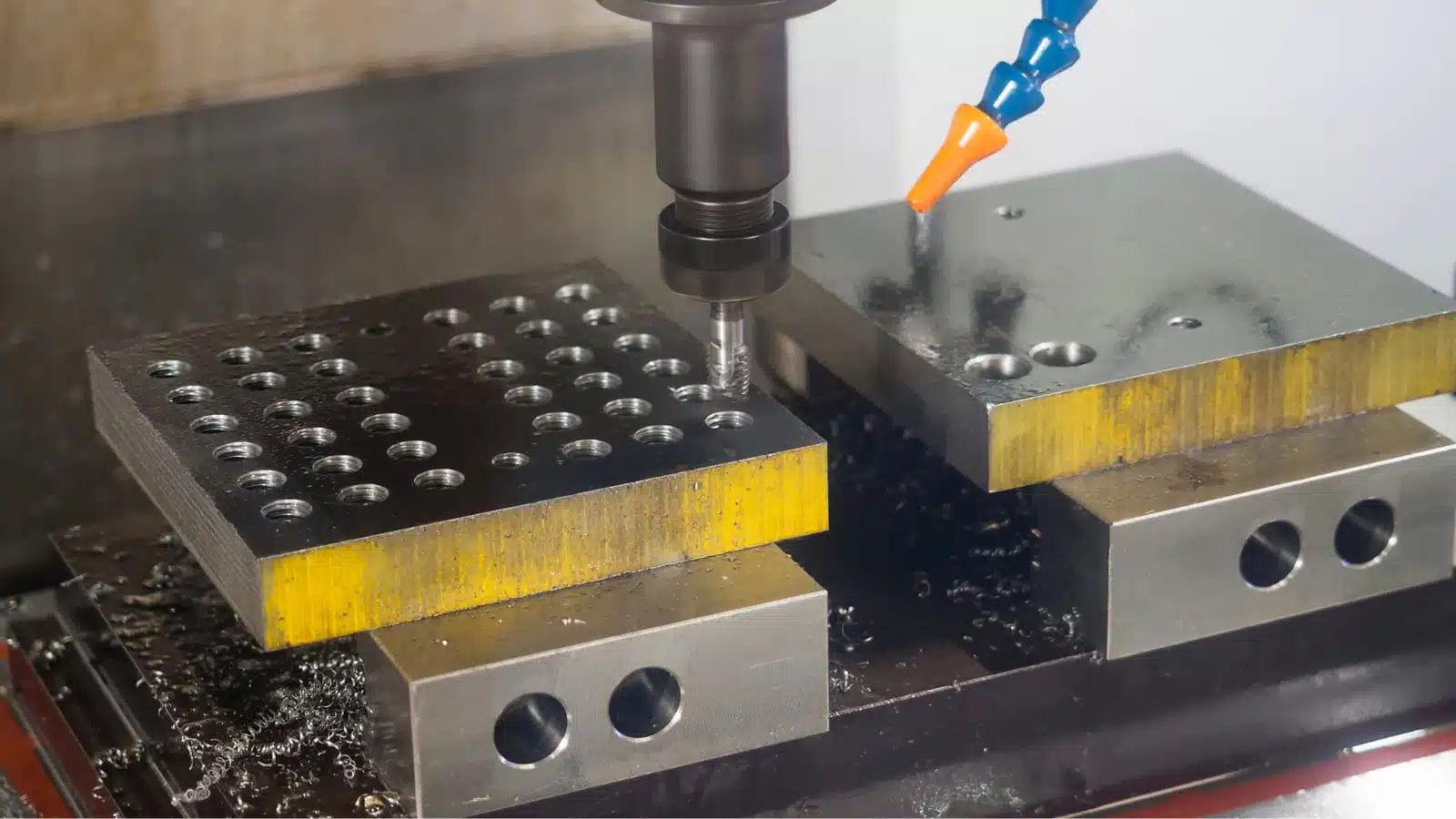
Despite being one of the oldest manufacturing methods, CNC machining remains a reliable small quantity plastic manufacturing method. It is versatile and can work with other types of materials including metals. Furthermore, it helps to create accurate molds, patterns or dies for various manufacturing processes such as molding, casting, and others.
CNC machining is a costlier alternative but is suitable for quick production runs. In some cases, a CNC machining technique such as CNC milling is combined with other processes like 3D printing for effective production or achieving tighter tolerances.
Thermoforming
Thermoforming is another alternative that involves creating molds over which there is the heating of a thin sheet of plastic formed using mechanical force, pressure, or vacuum which takes the mold’s shape with extra material being trimmed off.
This technique involves low temperatures and pressures leading to the use of inexpensive materials. Furthermore, surface finish is important because the product may pick up some details of the mold. Generally, manufacturers limit thermoforming to manufacturing relatively simple components like packaging trays, vehicle door panels, etc.
Urethane Casting
Urethane casting is an excellent alternative characterized by no upfront cost and reduced lead time. The manufacturing process involves creating a master pattern of the product with high-resolution 3D printing or CNC machining.
This pattern helps in creating a urethane mold and pouring suitable resin into the mold will allow the manufacture of several copies of the product. A urethane mold can last for up to 20 runs and is a cost-effective option that allows product designers to test design requirements and gather feedback early.
Conclusion
Injection molding is a cost-effective solution for mass-production technique but with low volume plastic molding, small and medium-scale businesses can produce small quantities of plastic parts. This leads to faster market entry, better product quality control, shorter lead time, etc. This article talks about everything you need to know about small run injection molding so you can make a better-informed decision.


